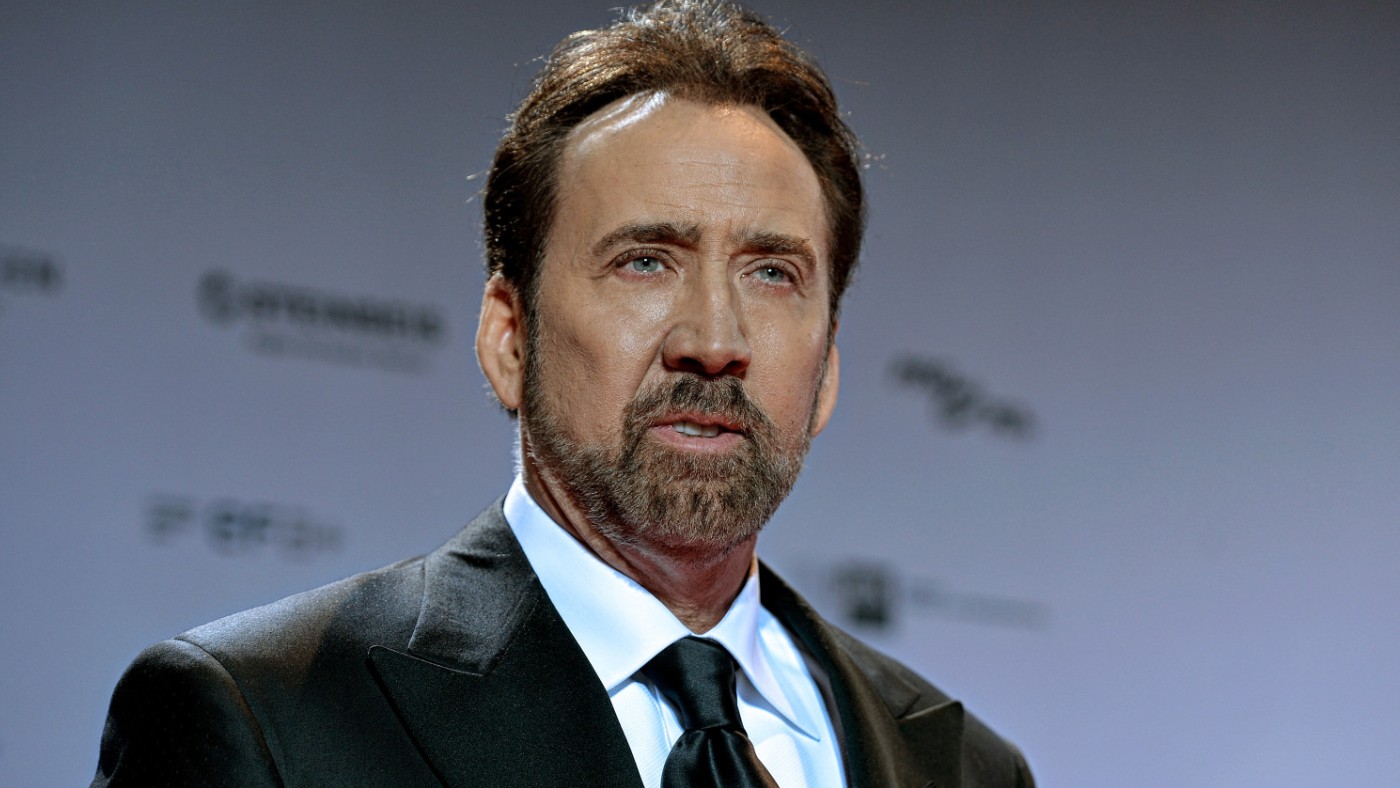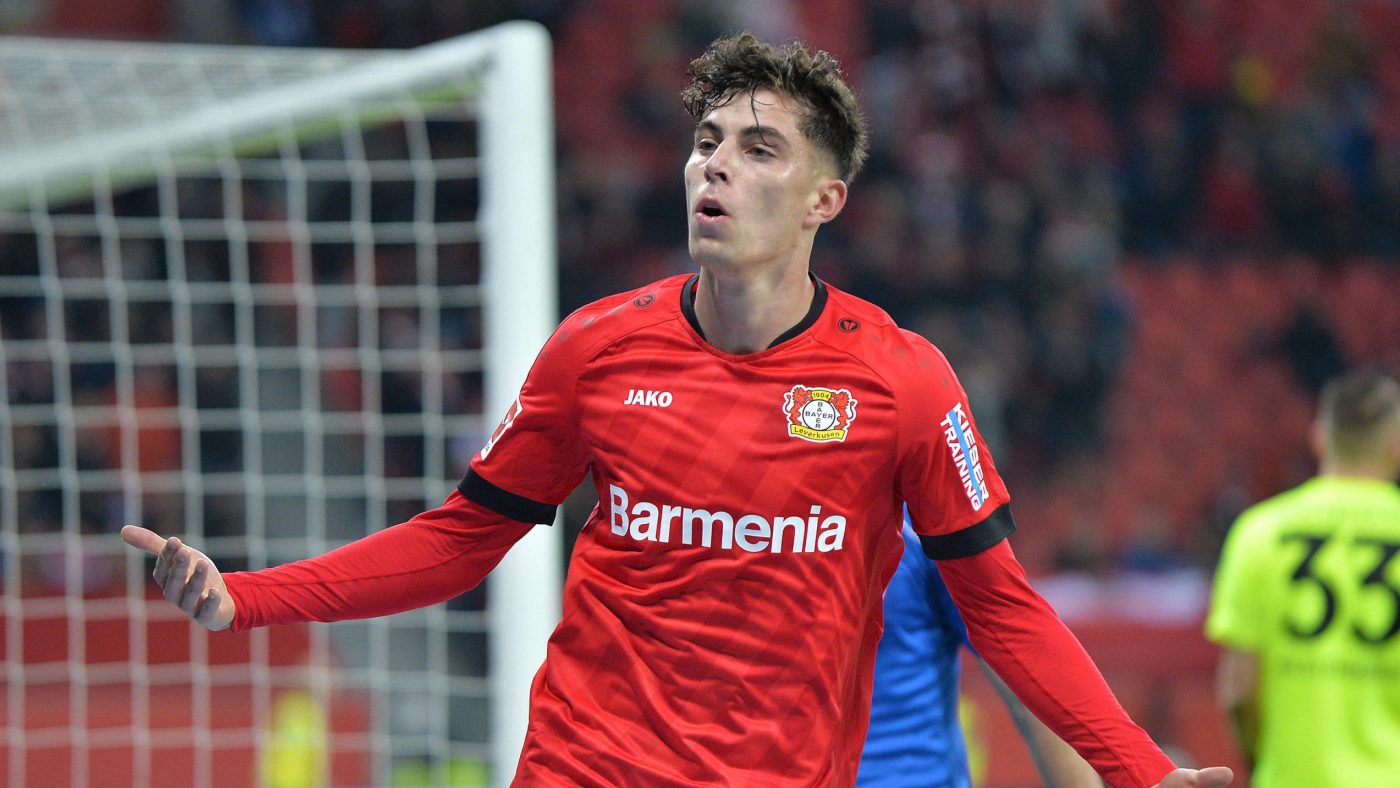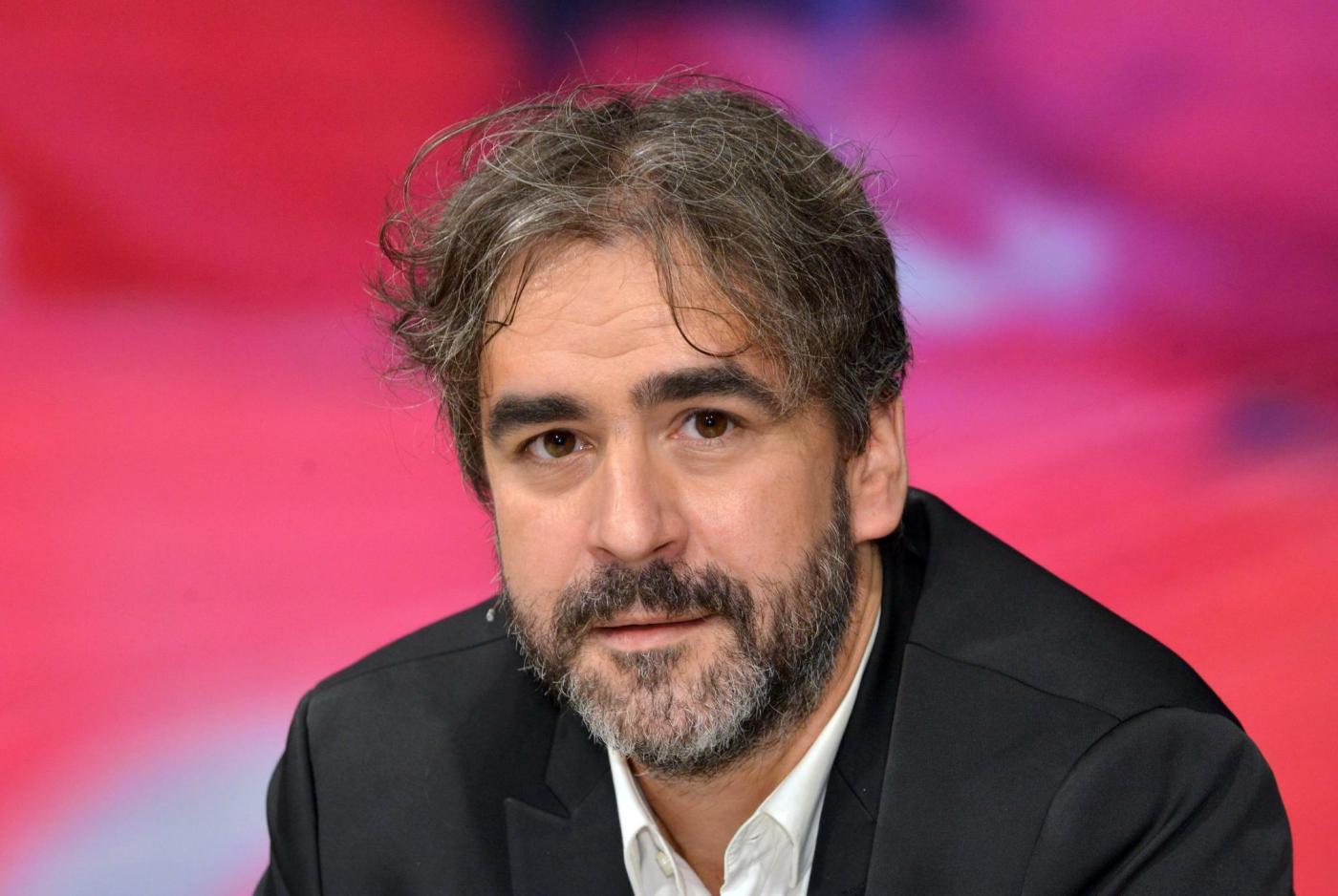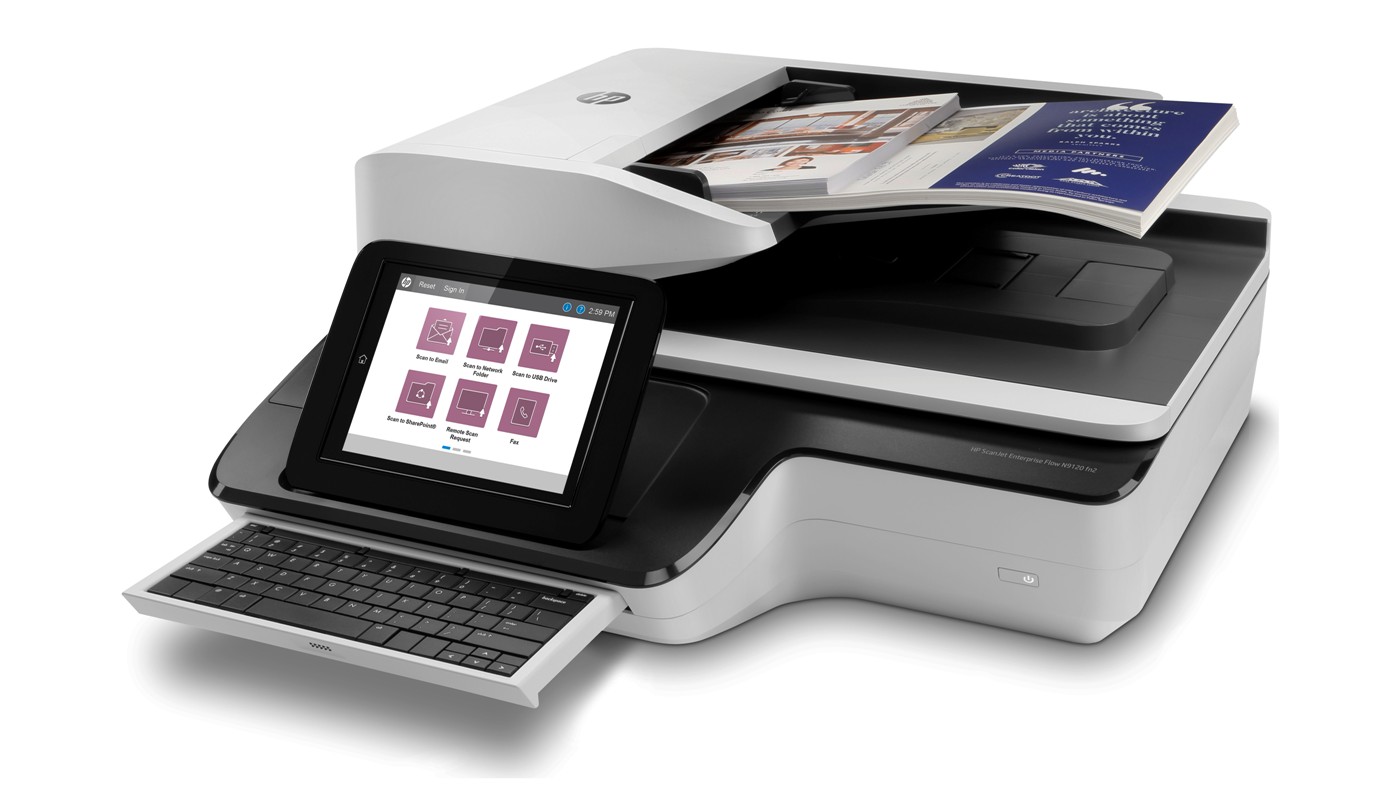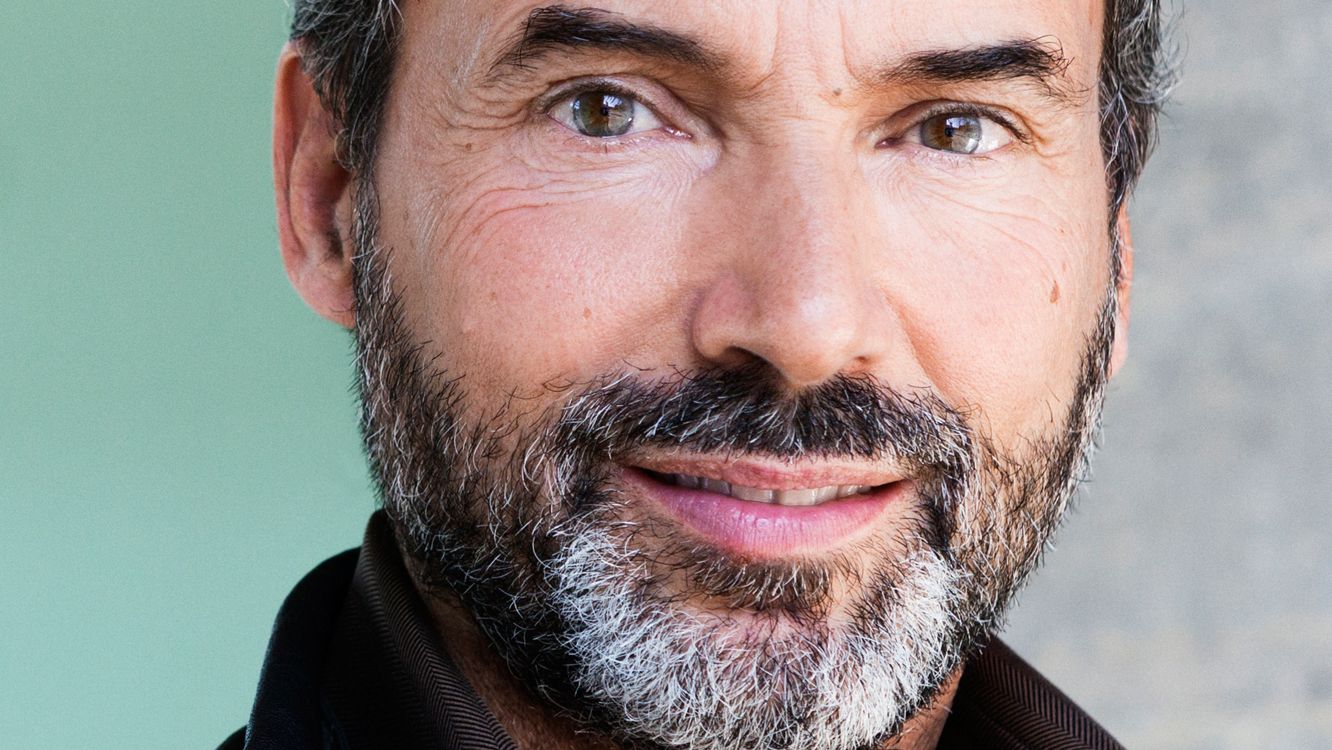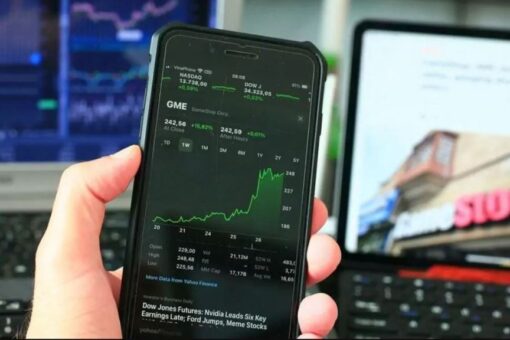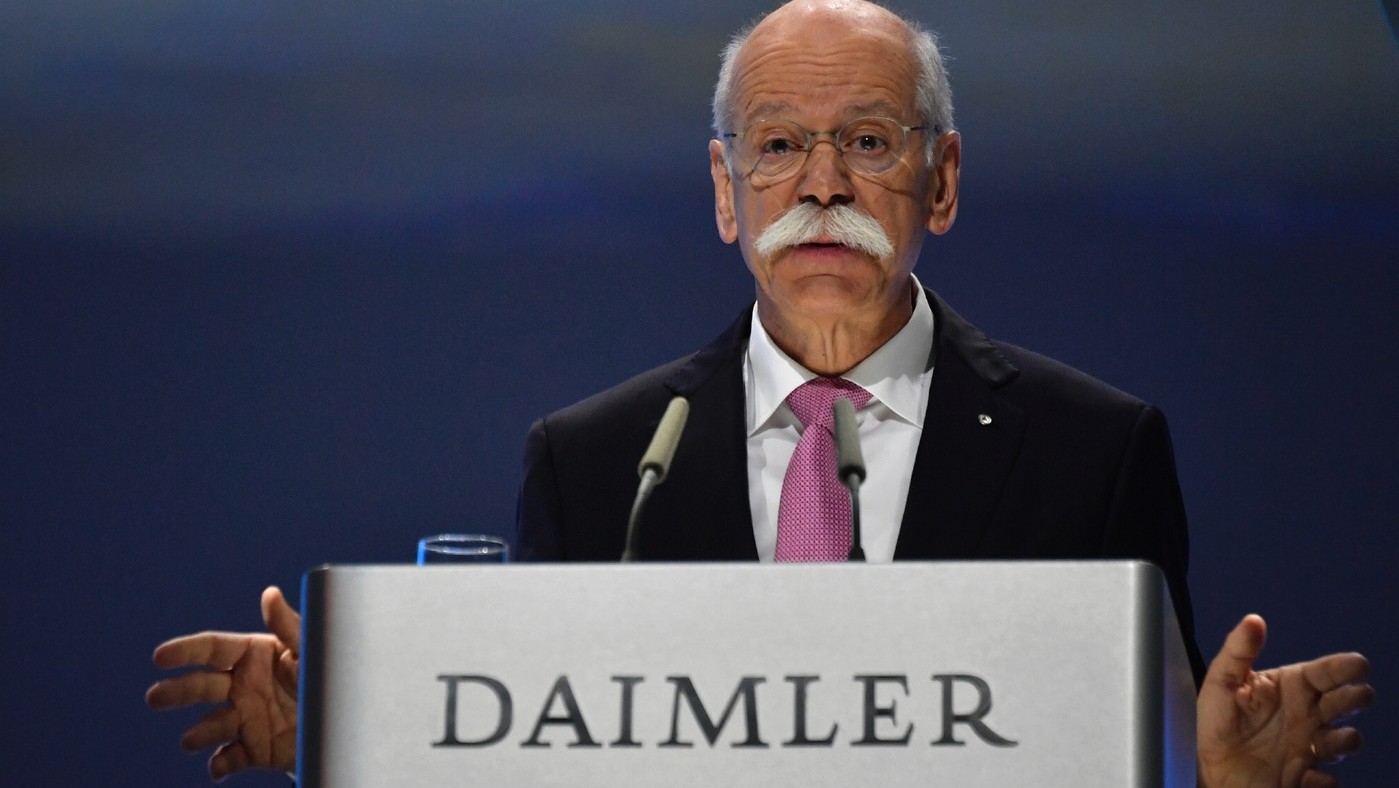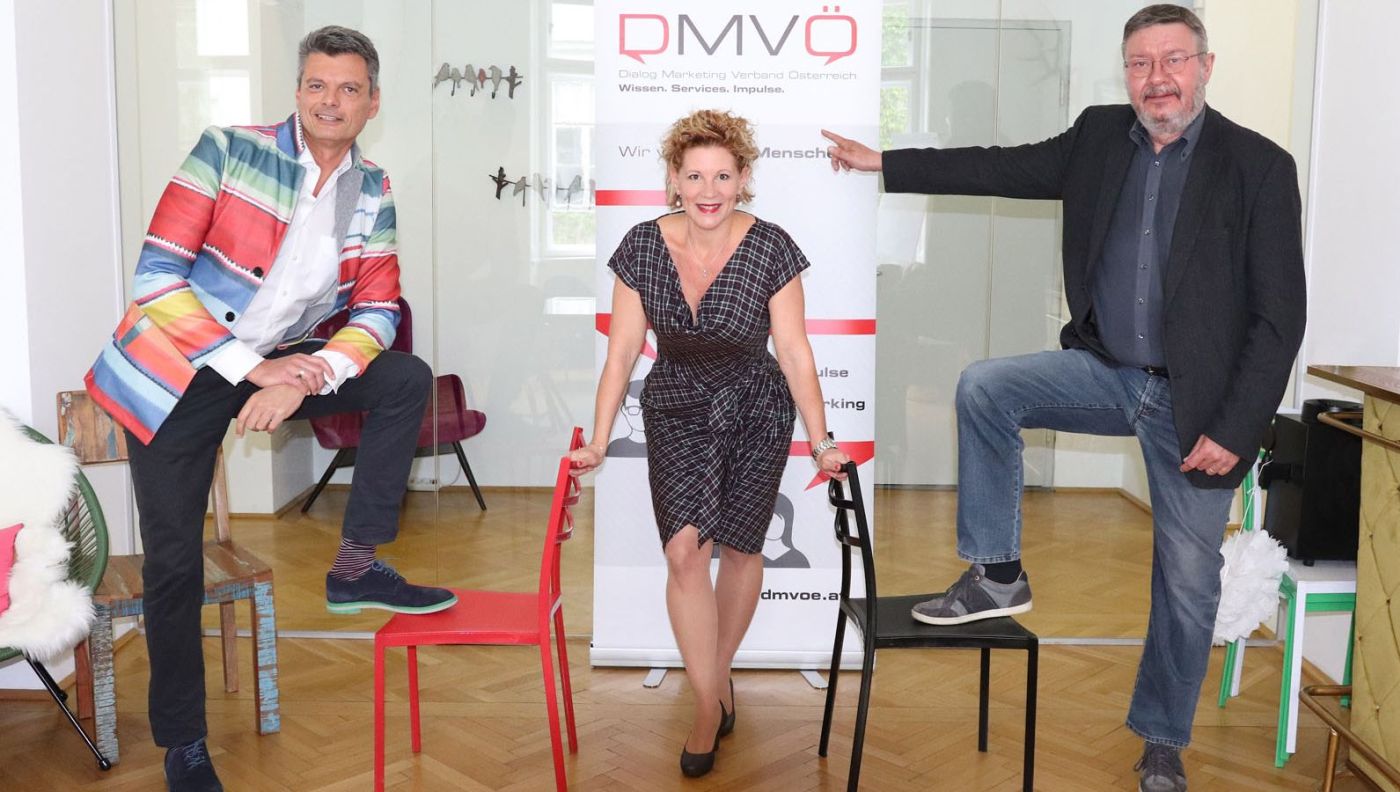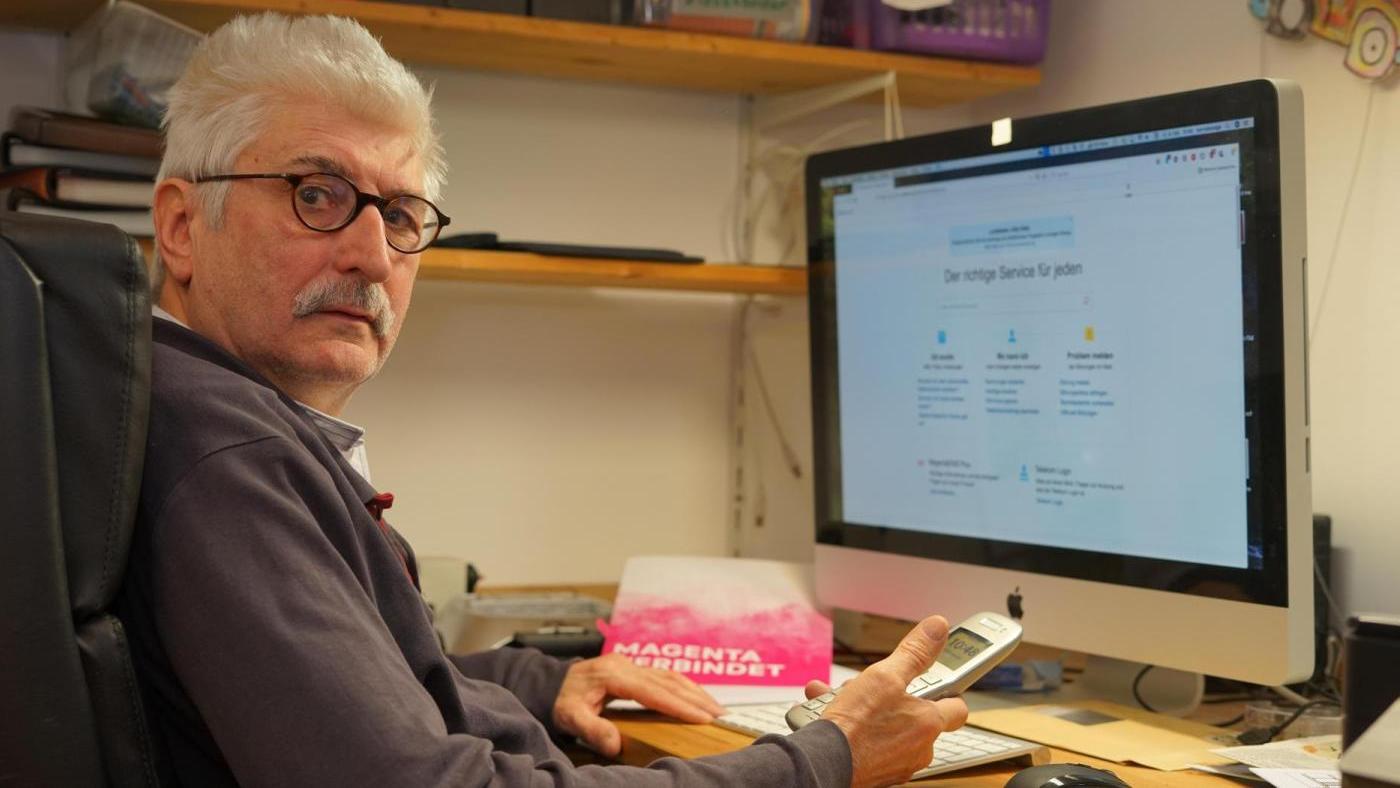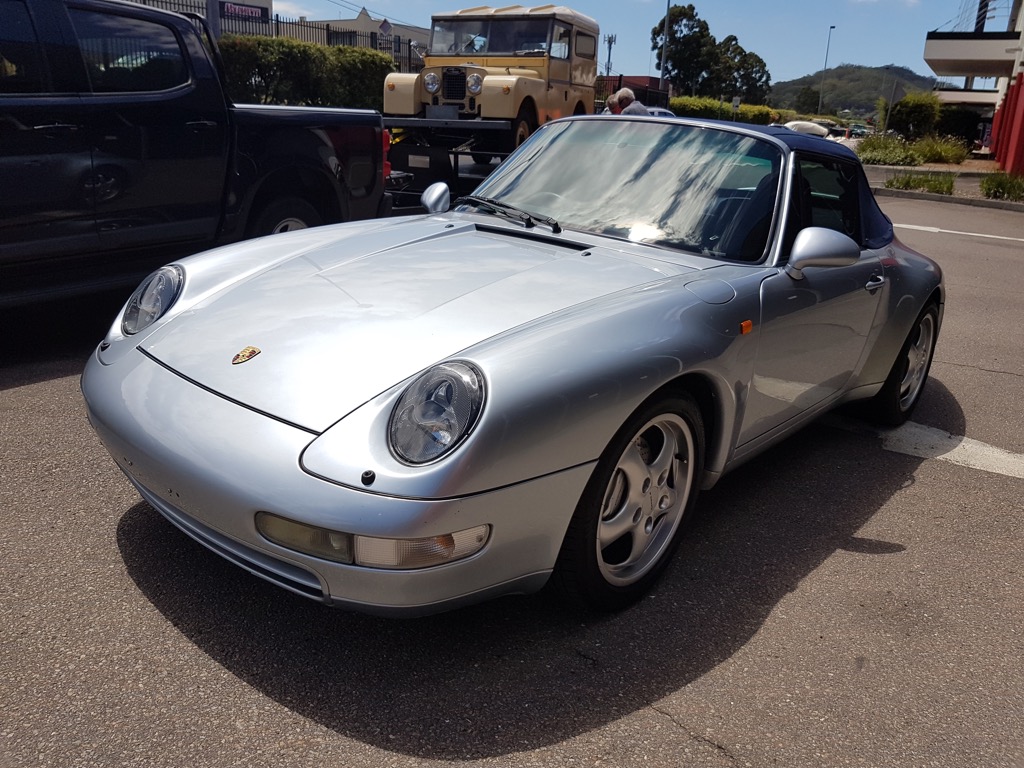Intercultural encounters
The education programmeThe fundamental aim of the Education Programme is to make the activities and music of the Berlin Philharmonic accessible to as wide an audience as possible. Since 2002, Deutsche Bank has enabled us to connect with people from all kinds of different educational and social backgrounds. more
10 Years of EducationAll about the anniversaryOur Partner: Deutsche Bank A close partnership and the commitment to performing with passion have linked Deutsche Bank and the Berliner Philharmoniker for many years. The interaction between skill, dedication and discipline leads to extraordinary results in both the world of music and business. more
Friends of the Berliner Philharmoniker The association’s support have been key to the building of the Philharmonic Hall, the finishing of the Chamber Music Hall, and the purchase of harpsichords and concert pianos. more
Our volunteers Our volunteers have an open ear for the concerns and questions of all our concert goers. Cooperative, competent and friendly, they are there to make your visit as pleasant and relaxed as possible. more
Home / Berliner Philharmoniker / 25 years Chamber Music Hall / The music of the Chamber Music Hall
back Intimate confessions, Haydn, and lots of fun: 25 years of concerts in the Chamber Music Hallby Frederik HanssenIt was an evening of extremes, a musical experience bordering on inaudibility: In the late summer of 1999, Claudio Abbado chose Luigi Nono’s late work Prometeo to link the programme both musically and in spirit to the exhibition celebrating the 20th century held during the Berliner Festwochen. With great sensitivity and their usual precision, the musicians placed throughout the Chamber Music Hall and vocal soloists created Nono’s soundscapes in pianissimo shades with archaic brass tones, shimmering high string harmonics, formless bass humming, and electronically manipulated voices forming the unintelligible words. And many in the audience were delighted to be able to escape the everyday noise of the city and listen to this disorientating, undulating work.
The Berliner Philharmoniker, Herbert von Karajan and AnneSophie Mutter open the Chamber Music Hall with Vivaldi’s Four Seasons (Photo: Reinhard Friedrich)
It is concerts like this that come to mind when thinking back on a quartercentury of the Chamber Music Hall, live experiences that stay with you for a long time, extraordinary events. And in this particular case, also one of the few moments that formed musically speaking a direct link between the Chamber Music Hall and the Philharmonie, as Abbado first performed Mahler’s Ninth Symphony with the whole orchestra in the main concert hall before crossing to the more intimate venue with the audience for the contemporary work.
Artistic home for philharmonic ensembles and other musical greatsThere have rarely been examples of such direct contact between the two halves of the Scharoun building in the past 25 years. The Chamber Music Hall has in fact always led a separate existence, very much a life of its own. Who knows how many stars have appeared here and have been applauded by the public? Some of Berlin’s musical greats have even found their artistic home in the Chamber Music Hall: the indefatigable Frank Dodge with his Spectrum Concerts for one, then there are also the Artemis Quartet and Andreas Peer Kähler with his Kammerorchester Unter den Linden. However, the hall was actually created to provide a suitable venue for the multifarious chamber music activities of the Berliner Philharmoniker and they have taken full advantage of it.
Philharmonic Chamber Music Festival on the opening day (Photo: Reinhard Friedrich)
The official opening on 28 October 1987 was, of course, a matter for the boss: As befitted the occasion, Herbert von Karajan made what was his only appearance in the Chamber Music Hall conducting Vivaldi’s Four Seasons with AnneSophie Mutter as the soloist. Then in the Philharmonisches Kammermusikfest that directly followed, those ensembles formed by members of the orchestra which were to shape the history of the hall were already to be heard: The Philharmonia Quartet and the Brandis Quartet, the 12 Cellists, and the Scharoun Ensemble. There were also the Philharmonic String Soloists, the Philharmonic String Octet, the Berlin Philharmonic Winds, the Philharmonic Piano Quartet, the Philharmonic Piano Sextet, and in the foyer the Philharmonic Percussionists. From 1997, the musicians again took up the idea of events lasting several hours, taking up the whole building with the Brahms Marathon, which was followed in subsequent years by similar concerts of Mozart, Schubert, Mendelssohn/Schumann, Beethoven, Haydn, and French music. “For us it was a huge honour to have been the first chamber music ensemble to perform in the new hall,” says Peter Riegelbauer, cofounder of the Scharoun Ensemble, doublebassist and longtime member of the orchestra board.
A Space for Music and Spatial MusicAfter the fanfare of the inauguration celebrations, a full year of silence fell on the Chamber Music Hall. The Philharmoniker really only took possession of the new building in the 1988/1989 season, with the Scharoun Ensemble once again at the forefront, the troupe where the most inquisitive heads of the orchestra come together to play newlycomposed music. On this occasion, they performed the premire of Isang Yun’s fulllength work Distanzen for winds and string quartet. “We already had a close personal relationship with Yun, who was living in Berlin,” says the cellist Richard Duven: “We had often played his octet, and now he wanted to write a piece that would exploit all the sound possibilities of the new hall. Of the ten performers, only viola, cello and double bass played on stage; the others were distributed around the sound gallery hence the title Distanzen.”
Claudio Abbado conducts a concert of Early Music from the harpsichord on 13 December 1999 (Photo: Reinhard Friedrich)
“Wisniewski had hoped that his room design would trigger a flood of such chamber music,” recalls Peter Riegelbauer. “In fact, there were only very few attempts.” The musicians suggest this is for purely pragmatic reasons: “Composers want their works to be performable anywhere not just in one particular venue.” Parallel to the Scharoun Ensemble concert, yet another project to promote 20th century music began in 1988, the Neue Reihe, directed by Peter Keuschnig from Vienna, who had been hired as artistic director of the Theater des Westens. The Philharmoniker tested just how many musicians could fit comfortably on the podium with a concert of Haydn symphonies, conducted by Christopher Hogwood. Haydn was very popular at the beginning: in 1989, the orchestra continued the project with Paavo Berglund, and at the invitation of the Philharmoniker, the Stuttgart Chamber Orchestra and the Chamber Orchestra of Europe also performed Haydn programmes.
But then suddenly, the hall was needed for the entire symphonic repertoire, as the Philharmonie was closed for renovation work. In addition to the Konzerthaus am Gendarmenmarkt, the Chamber Music Hall now became the main venue for the orchestra as a matter of necessity. First to perform there in January 1991 was none other than Simon Rattle, and until the reopening of the Philharmonie in April 1992, even the great maestros such as Levine, Giulini, Barenboim, Harnoncourt, Haitink and of course Abbado were to be heard in the small hall. The Italian chief conductor particularly enjoyed the Chamber Music Hall: He would later involve it in his themed season cycles. In February 1993, Edith Clever read passages from Hölderlin’s Hyperion to the accompaniment of Luigi Nono’s musical settings of the text. Bruno Ganz and Jutta Lampe appeared with the Arditti Quartet. In the Faust cycle, Otto Sander and Sasha Waltz were then to be heard in a staged performance of The Soldier’s Tale, and a further concert was given by the Lieder class of Dietrich FischerDieskau. In 1999, Abbado conducted a programme of Renaissance music as part of the Tristan and Isolde cycle.
New ensembles and concert seriesThe Chamber Music Hall: The 14 Berlin Flautists, based on the model of the famous cello troupe, made their debut, and principal oboist HansJörg Schellenberger, who was increasingly making his mark as a conductor, started his own concert series with his HaydnEnsemble. In that winter, the first philharmonic Early Music concert took place, with a formation which developed quickly into the Berliner Barock Solisten, orchestral members who were dedicated to historical performance practice, under the direction of the first concertmaster of the orchestra, Rainer Kussmaul. Under the quaint title “Sundays at Four Piano”, the orchestra also became a concert organizer. As commercial promoters increasing shied away from the financial risk of attracting audiences for as yet littleknown virtuosos, the orchestra established its own presentation platform: Arcadi Volodos, Roger Muraro, Mihaela IllavskUrsuleasa and PierreLaurent Aimard all appeared as soloists in the first year.
Sir Simon Rattle with members of the Berliner Philharmoniker and the Orchestra Academy in 2003 (Photo: Cordula Groth)
Later, the Philharmoniker also decided to support song recitals, another genre that suffered badly from low audience figures, and the series Original Sounds was established to showcase top ensembles from the Early Music scene. A crossover format featuring nonEuropean cultures proved to be amazingly durable: Initially called Alla Turca, it is now known as Underway World Music with Roger Willemsen. Pianists invited by the Philharmoniker for a Residence have of course also regularly performed in the Chamber Music Hall during their time with the orchestra, as have the students of the Academy Orchestra. The Chamber Music Hall has also been the venue since the spring of 2009 for the musicians’ family concerts, part of their Education Department activities.
A very special success story has been the Philharmonic Salon, created by the longtime principal cellist Götz Teutsch in the winter of 2000. His concept of combining musical and literary elements to portray important moments in musical history rapidly developed such a large fan base that it was decided that this concert format with its almost cult status should have two performances per programme from the 2011/2012 season. And of course, Götz Teutsch will be there with a special edition of his Salon for the anniversary celebrations on 27 October 2012 as will the Scharoun Ensemble, the 12 Cellists and many other philharmonic chamber music groups. Even after this day, the Chamber Music Hall and its music are well worth experiencing again and again.
Got to the Anniversary Concert 27 October 2012Email newsletter While we do not provide an English newsletter for the Berlin Philharmonie, you might be interested in the English Digital Concert Hall newsletter.

